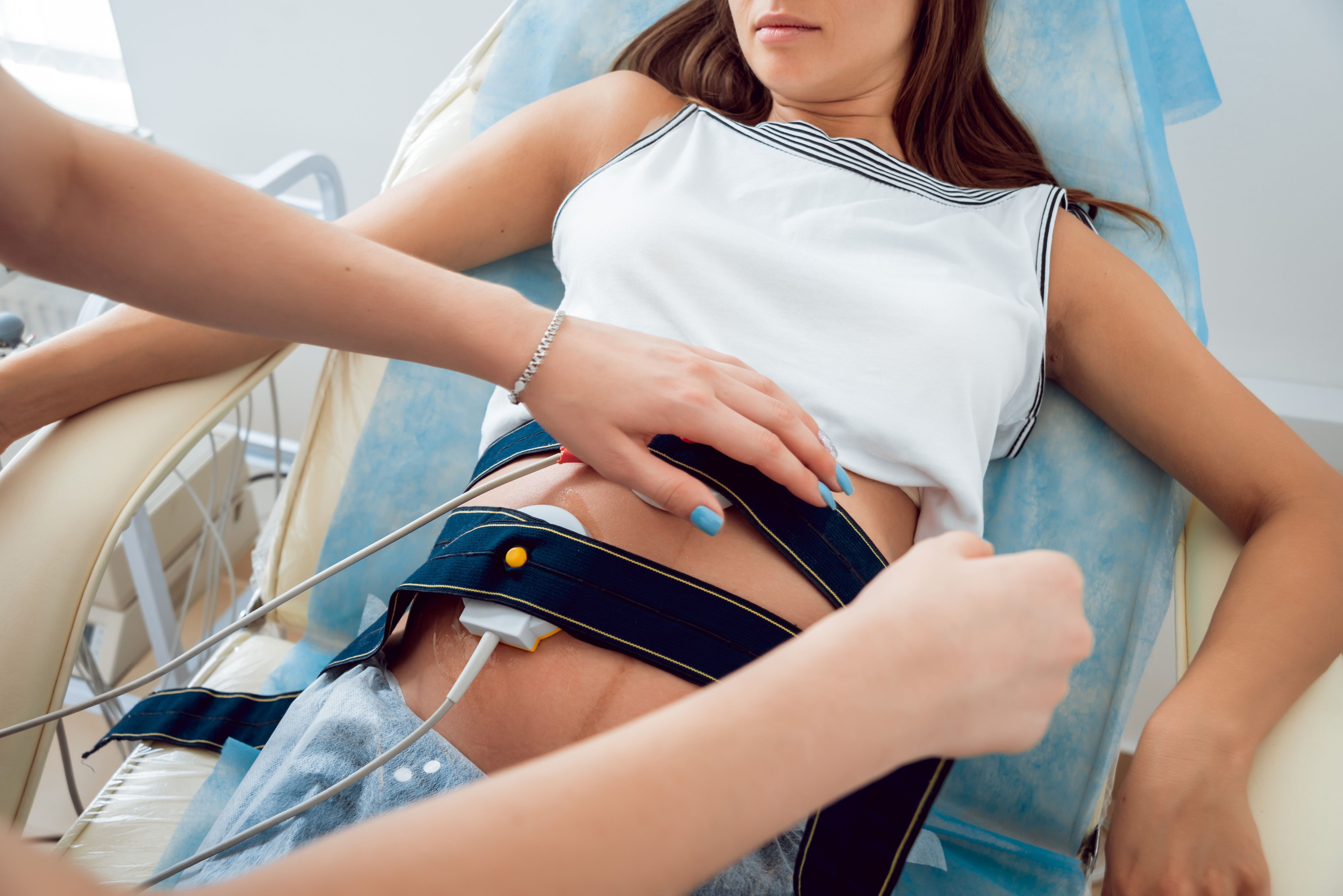Study finds improvements in CHD detection
A new study shows that while detection of congenital heart defects has improved dramatically, there is still room for improvement.
©romaset - stock.adobe.com

At one university hospital, researchers say, rates of detection of major congenital heart disease (CHD) improved dramatically over a 17-year period. But there is still progress to be made, according to results of a retrospective study by Danish investigators.
The nationwide, population-based study from 1996 to 2013 consisted of a consecutive sample of 14,688 live-born children and terminated fetuses (14,057 children and 631 fetuses) diagnosed with CHD, of which 18.4% (n = 2,695) had major CHD.
The live-birth incidence of CHD remained constant at 1.22% during the study period, while decreasing for major CHD. However, when terminated pregnancies were included, prevalence of major CHD did not change over time.
The detection rate for major CHD increased from 4.5% to 71.0% during the study period. By the end of the study detection was being done prenatally in all cases of double outlet right ventricle, Ebstein anomaly, congenitally corrected transposition of the great arteries and pulmonary atresia with ventricular septal defect.
But the detection rate for coarctation was only 21.7% in 2013.
During the study period, 17.5% of all pregnancies with a major CHD in the fetus were terminated, increasing from 0.6% in 1996 to 39.1% in 2013, but with no significant difference before and after introducing general prenatal screening in 2004.
For prenatally diagnosed major CHD, 57.8% of cases were terminated – a proportion that did not change substantially throughout the study.
“A lot of effort has been put into optimizing the management of children with major CHD. And while the results of improved surgical techniques are promising, we are still faced with a challenge when the CHD is undetected,” says first author Rebekka Lytzen, MD, PhD, house officer in the Department of Cardiology at Copenhagen University Hospital Rigshospitalet in Denmark. “Therefore, prenatal detection is important. But we were unsure how efficient our prenatal screening procedure was for CHD.”
At the university hospital, the screening procedure was changed in 2004. “Now all pregnant women are offered two routine ultrasonic scans, rather than only high-risk pregnancies,” Dr. Lytzen told Contemporary OB/GYN. “We wanted to assess if this had an impact on the detection rate/incidence.”
The study, which appeared in JAMA Cardiology, found that even though the detection rate of major CHD is increasing–-reaching 71% in 2013-“the change in prenatal screening did not significantly affect the increase,” Dr. Lytzen said. “Also, with the increased detection rate came an increase in terminated pregnancies. This, in turn, caused a decrease in the live birth incidence of major CHD. However, the incidence did not change when terminated pregnancies were included.”
Dr. Lytzen and her colleagues expected that the change in prenatal screening procedure would impact the detection rate because the majority of CHD is found in low-risk pregnancies. “Other factors, though, would have improved detection rate during this time period, including the implementation of the three vessel and outflow tract views, improved machinery and likely increased focus on training,” she says.
The researchers were also not surprised that the live birth incidence of major CHD decreased, due to increased termination of pregnancy. Dr. Lytzen said this trend has been documented in univentricular hearts by Lars Idorn, MD, an associate of hers at Copenhagen University.
Despite an increasing detection rate for major CHD, “we still have a way to go before we can confidently say that we detect all major CHD,” Dr. Lytzen said. “The level of experience of the sonographers is important to improve detection. Plus, with a decreasing incidence of CHD in live-born children, the need for centralization is increasingly important to ensure a high level of expertise among healthcare workers caring for these children.”
Study results may not be universally applicable, due to free-of-charge prenatal screening and healthcare services, including termination of pregnancy, in Denmark.
Nonetheless, “continuous audit for the detection of CHD, as well as for other congenital malformations, is important to ensure that we are able to offer the necessary treatment at the optimal time,” Dr. Lytzen said.
Disclosures:
Dr. Lytzen reports no relevant financial disclosures.
Rising endometriosis rates linked to increased pregnancy complications
May 19th 2024A new study presented at the 2024 ACOG meeting reveals a significant rise in endometriosis among pregnant women over the past 20 years, linking the condition to increased obstetric and neonatal complications.
Read More
Laparoscopic RFA linked to enhanced pregnancy outcomes in uterine fibroid patients
May 18th 2024A recent study presented at the 2024 ACOG Clinical and Scientific Meeting reveals that laparoscopic radiofrequency ablation significantly improves pregnancy outcomes for women with uterine leiomyomas.
Read More
